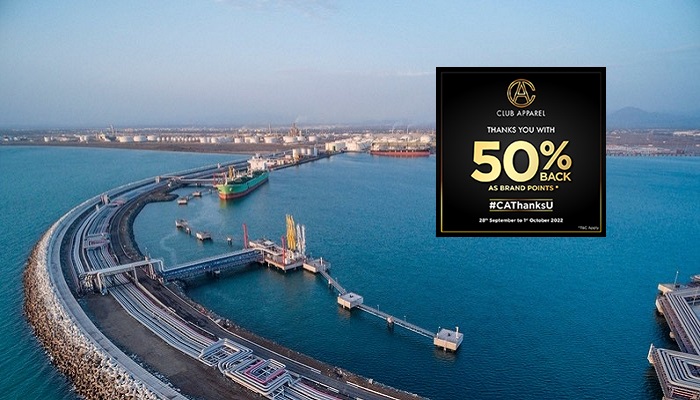
Muscat: Standard & Poor's affirmed its credit rating for the Sultanate of Oman at (BB-) with a stable outlook as a result of the financial and economic initiatives and measures for sustainability, in addition to the improvement in oil prices.
The agency stated in its report issued today that it is expected that the financial measures taken by the government within the framework of the medium-term financial plan, and the improvement in oil prices, will contribute to strengthening the financial position of the Sultanate of Oman for the current and next year, as the agency expects that the average oil prices will reach about $100 per barrel during this year, and $85 per barrel in 2023.
She explained that the average oil price is expected to decline starting from 2024 to approximately $55 per barrel on an annual basis, noting that the drop in oil prices will lead to burdens on public finances, and the Sultanate of Oman should pay attention to this when it sets the upcoming policies and procedures.
The agency confirmed that the rise in production and oil prices and the increase in the pace of investment projects contributed to the growth of the Omani economy, noting the growth of the gross domestic product at constant prices of 3% in 2021, and its rise to about 3.9% in 2022.
The agency stated that the average growth rate of GDP at constant prices will reach about 2.2 percent during the period 2023-2025. It also expects the non-oil sector to grow at an average of 2 per cent during the period 2024-2025, compared to a growth of about 1.8 per cent in 2022.
Standard & Poor's also indicates that the government has benefited from the rise in oil revenues in reducing the volume of public debt, bringing the public debt-to-GDP ratio to 63 per cent, down to 45 per cent in 2021 and 2022, respectively.
The agency indicated that the credit rating of the Sultanate of Oman may rise during the coming period in the event that financial control measures continue to enhance the financial position and balance of payments of the Sultanate, as the rating may be affected in the event of lax implementation of financial measures or the occurrence of unexpected factors that lead to raise in levels of financial deficit and the size of the financial deficit to the net public debt exceeds the agency's expectations.